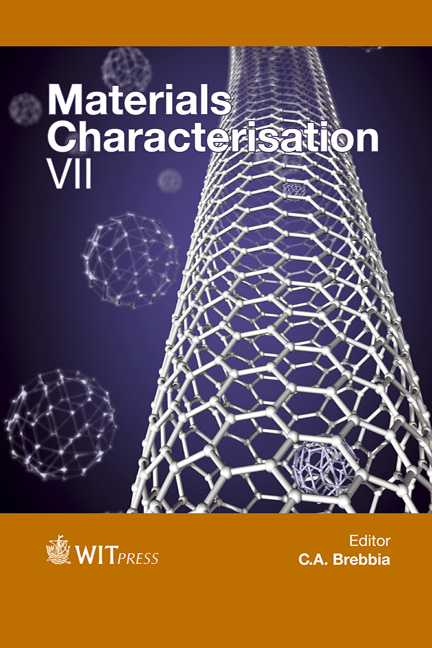A Bi-axial Model For Concrete Under High-strain Rate Conditions
Price
Free (open access)
Transaction
Volume
90
Pages
12
Page Range
319 - 330
Published
2015
Size
1,919 kb
Paper DOI
10.2495/MC150291
Copyright
WIT Press
Author(s)
H.-G. Kwak, H. Gang
Abstract
In the context of the rising demand for reliability and safety in concrete subjected to blast or impact loading, understanding the bi-axial behavior of concrete under high-strain rate conditions is an issue of great significance in civil engineering. Since concrete is an anisotropic material, the dynamic bi-axial behavior of concrete should be considered when describing a concrete structure subjected blast or impact loading. Concrete subjected to bi-axial high-strain rates loading shows quite different behavior from that under un-axial static loads, because of confinement effect and strain rate effect. Although several dynamic bi-axial models for concrete have been proposed to describe the high-strain rate bi-axial behavior of concrete, it is difficult to reflect the coupled effect of the strain rate and lateral pressure reasonably. To solve this problem, this paper introduces a bi-axial model for concrete under high-strain rate conditions by combining the HJC (Holmquist–Johnson–Cook) model and the bi-axial model proposed by Yan. The proposed model takes into account the strain rate effect with the HJC model and the confining pressure effect with the Yan model independently. A failure envelop consists of the compression–compression region using the proposed model and the tension–tension region using CEB-FIP code. Furthermore, high-strain rate biaxial stress–strain curves for the compression–compression region determined by the proposed model are compared with experimental results, the HJC (Holmquist–Johnson–Cook) model and the K&C (Karagozian & Case) model to verify accuracy of the proposed model. The results indicate that the introduced model can effectively describe the bi-axial compressive behavior of concrete under high-strain rate conditions.
Keywords
high-strain rate concrete, bi-axial concrete model, strain rate effect, confining pressure effect





